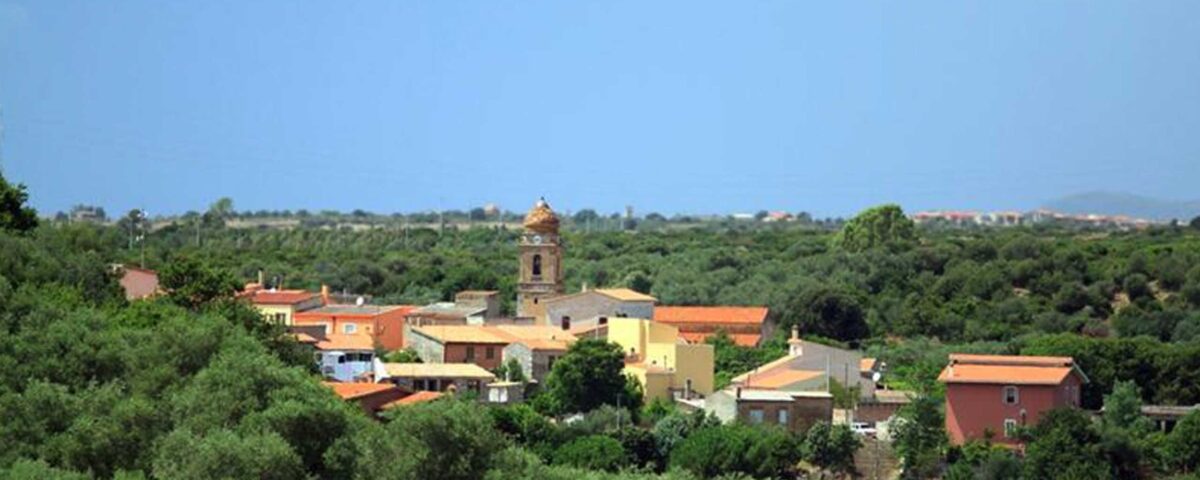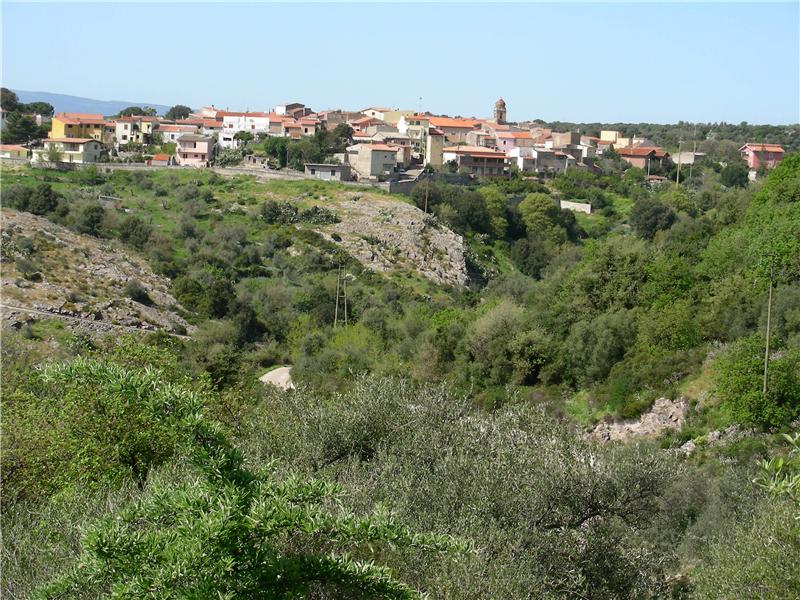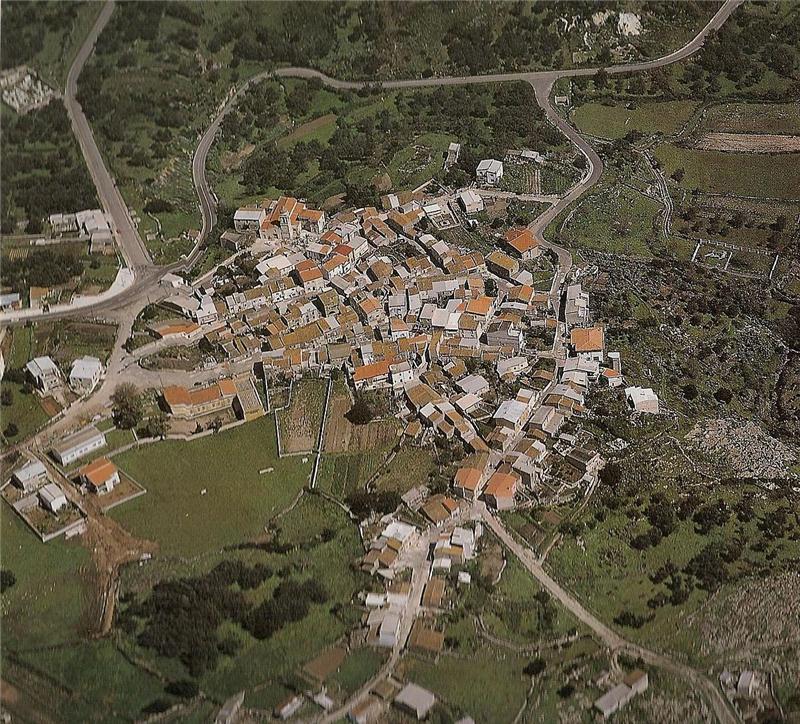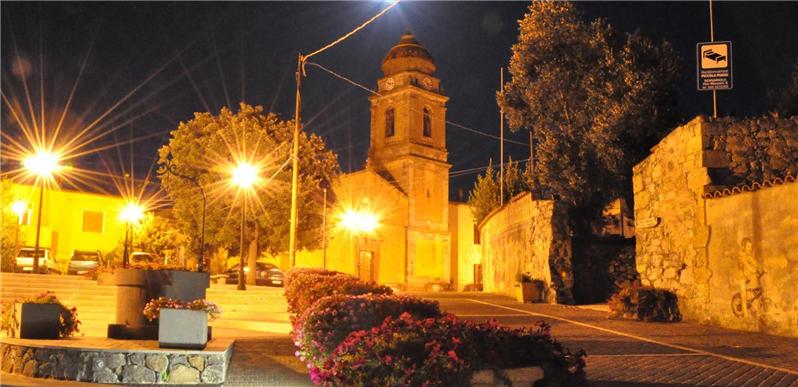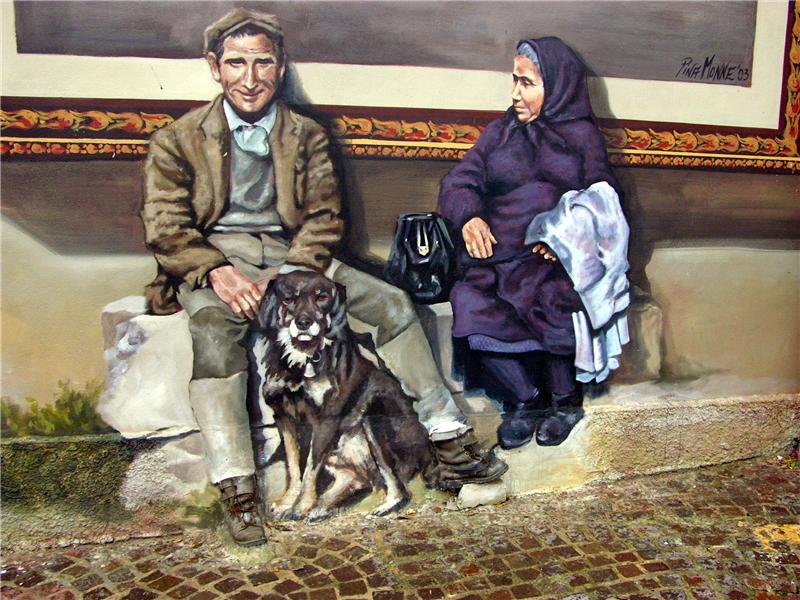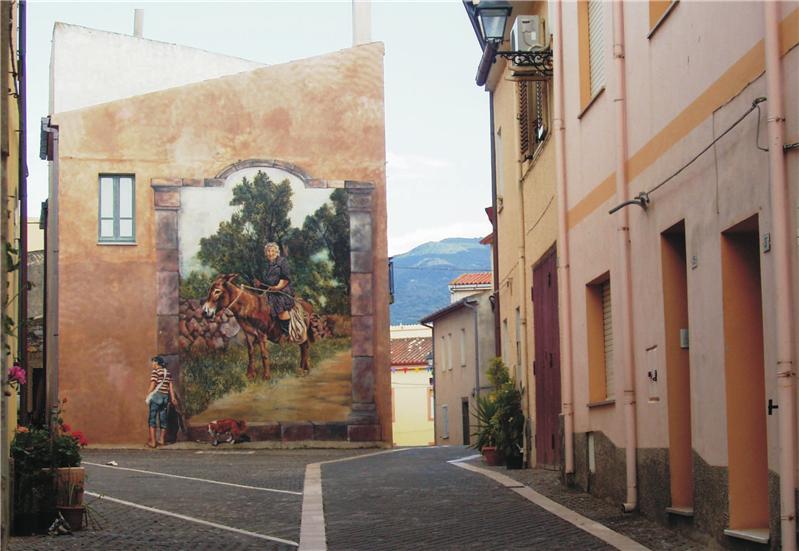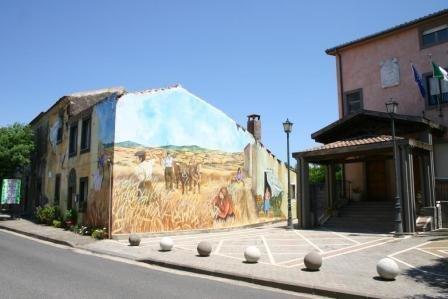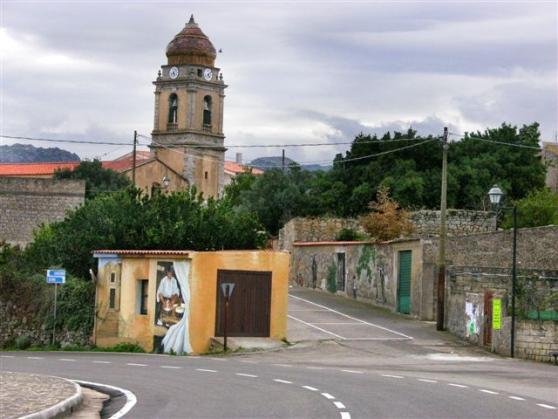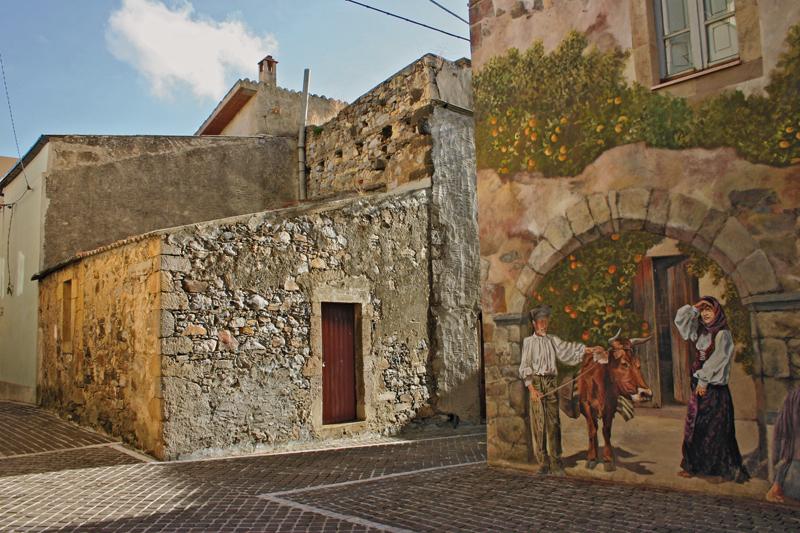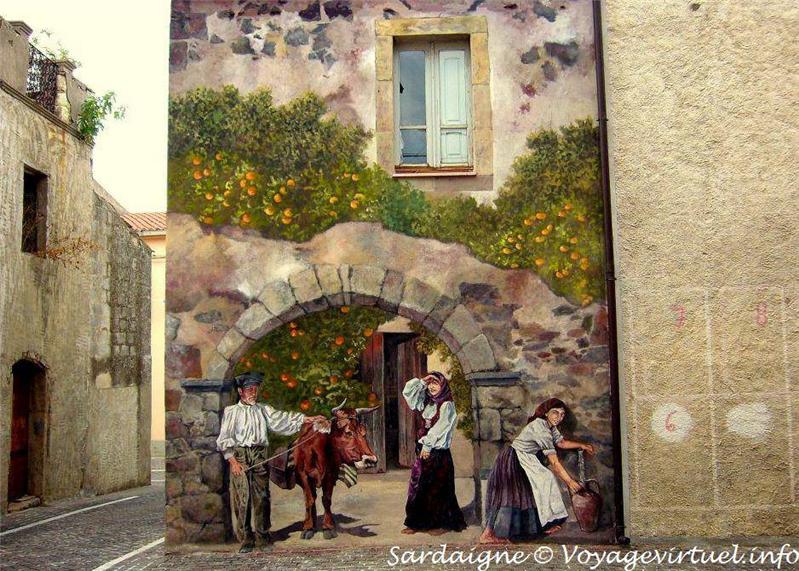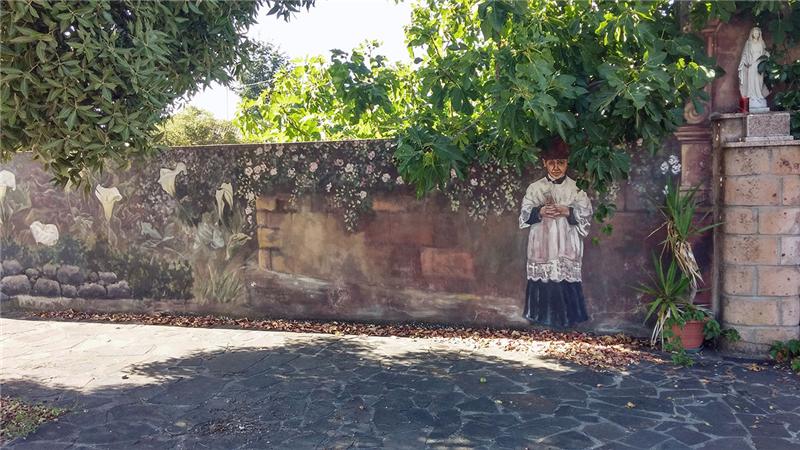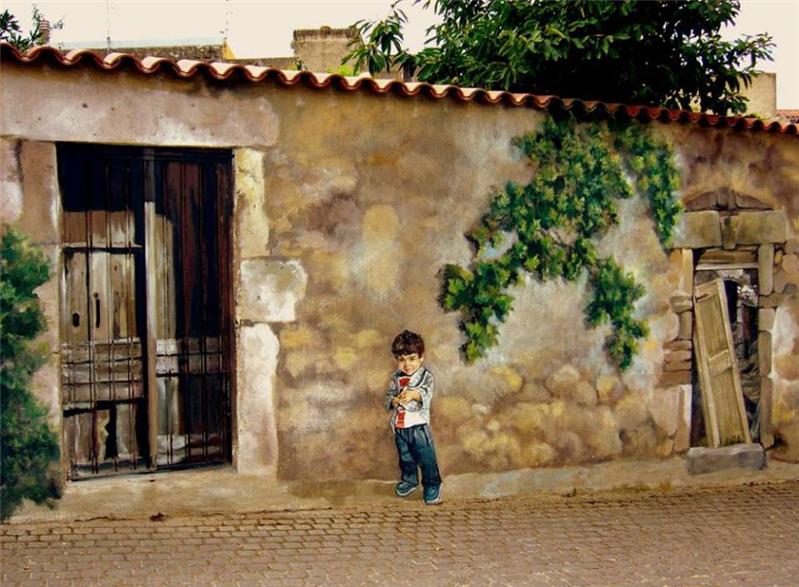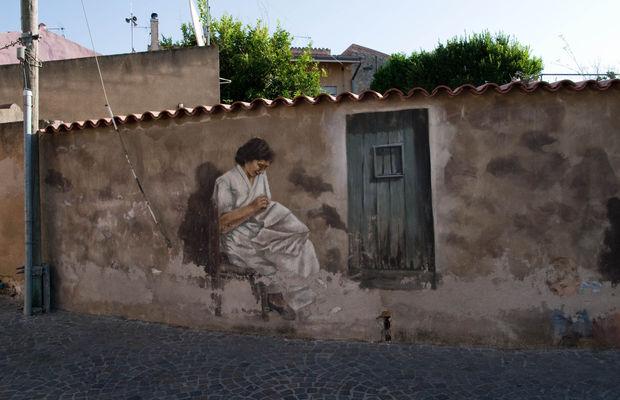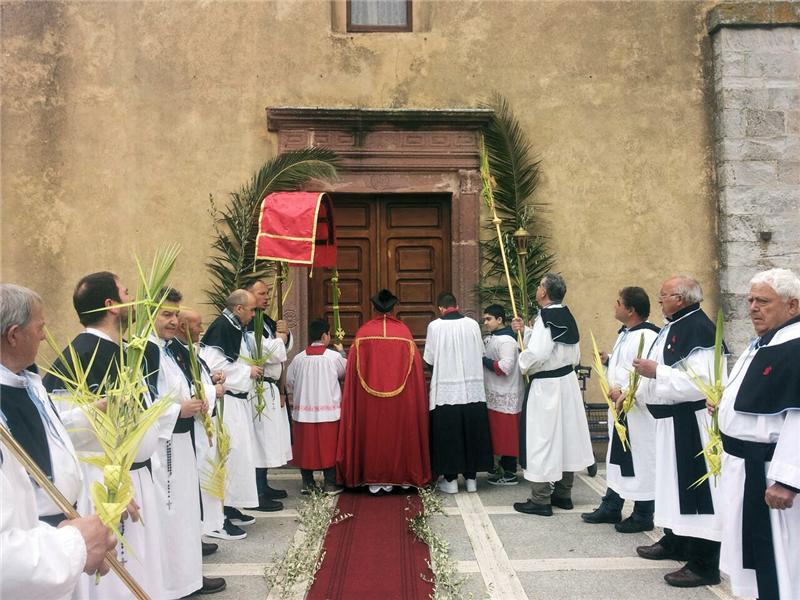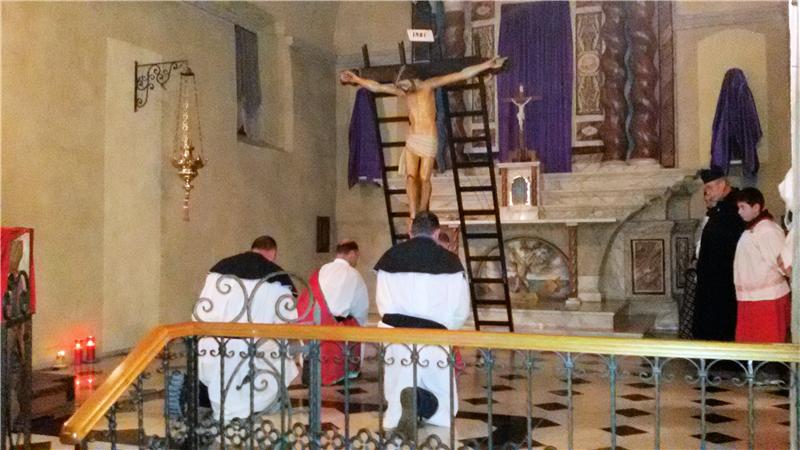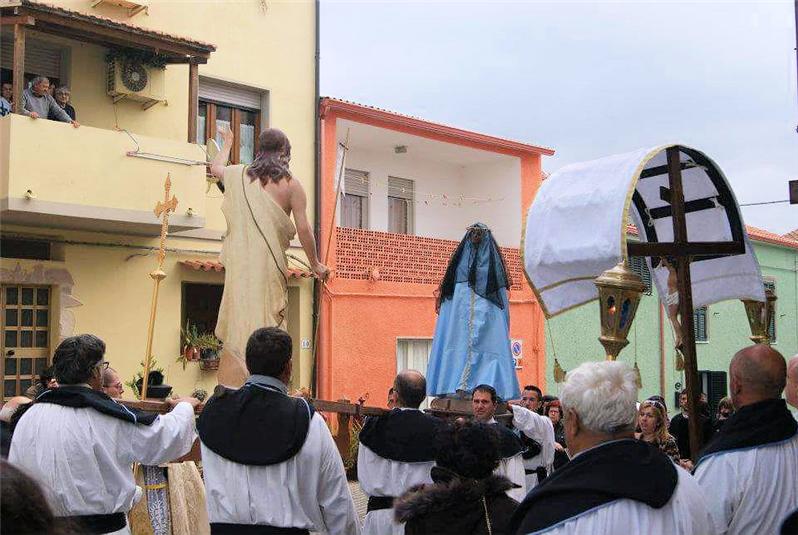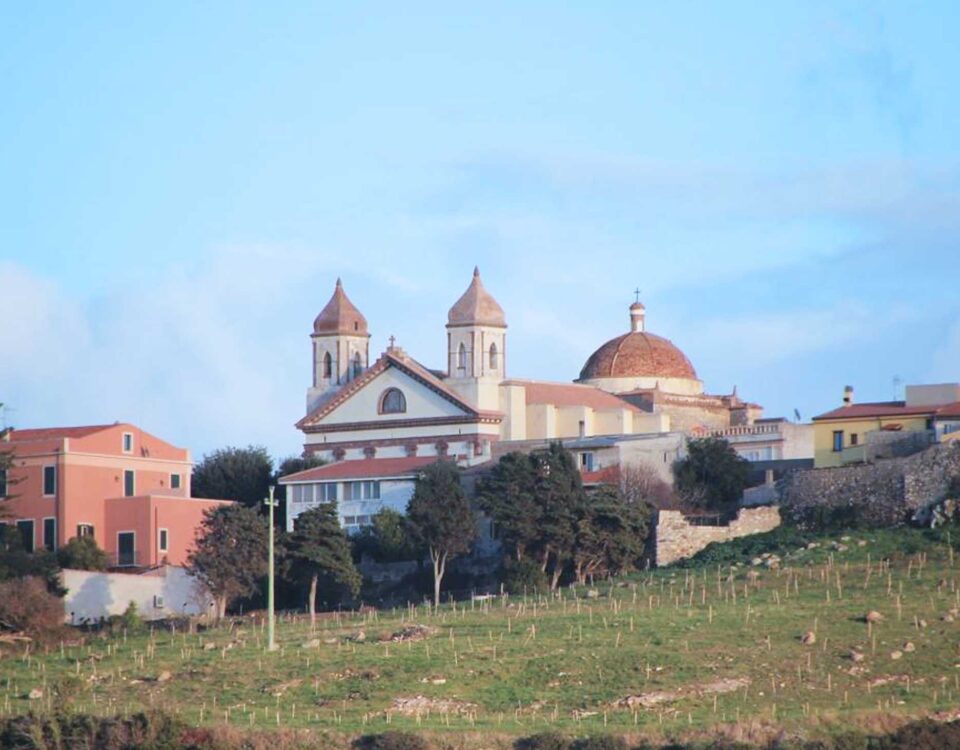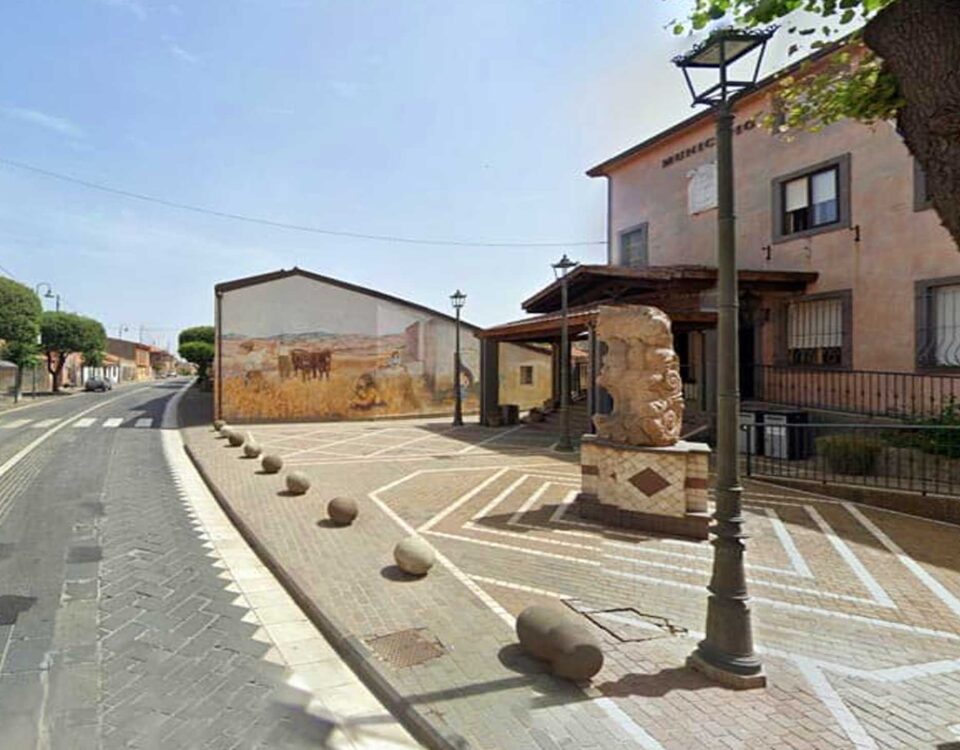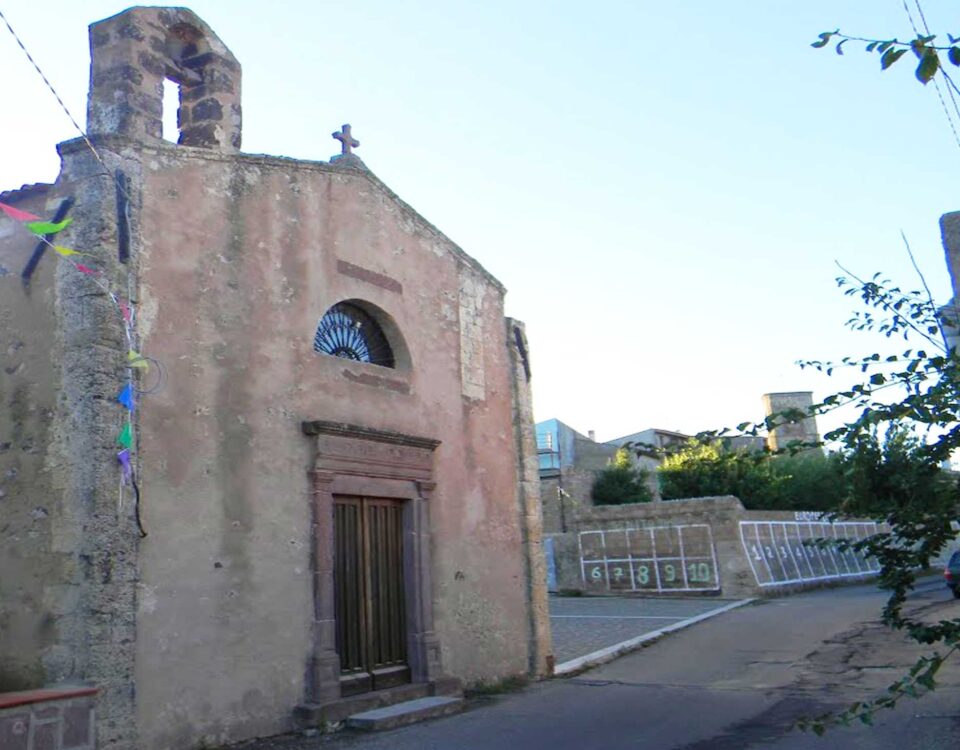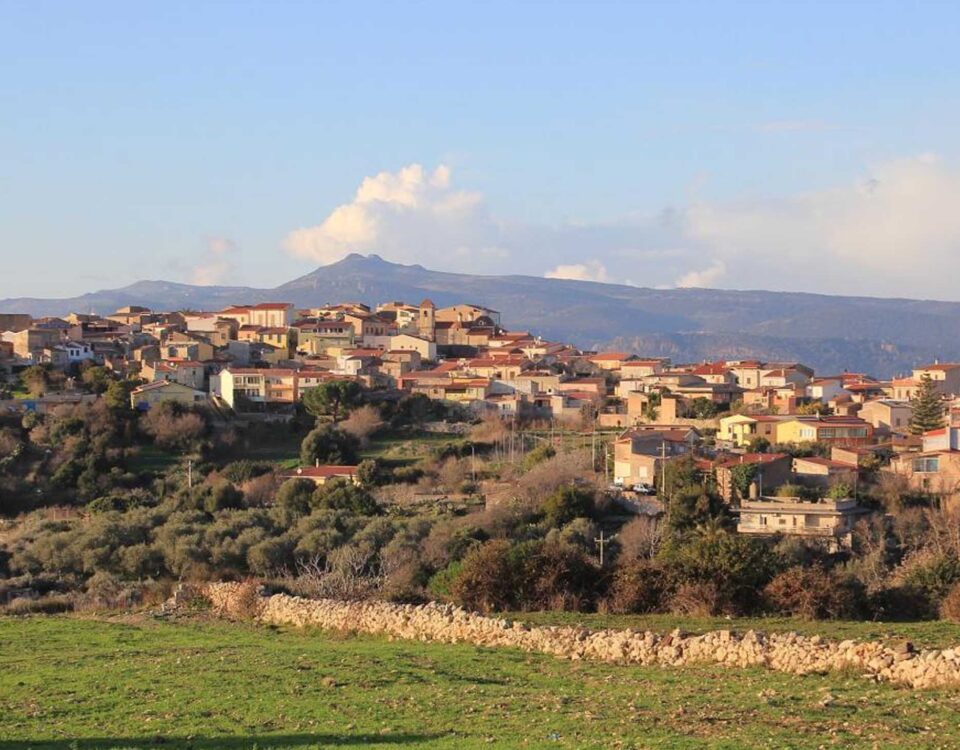
Municipality of Santu Lussurgiu
28 March 2023
Municipality of Tramatza
28 March 2023It rises 400 metres above sea level on the western slope of Montiferru, overlooking the valley of the rio su Tonodiu, which marks the border with Planargia. Sennariolo is one of the smallest towns on the island (with less than 200 inhabitants), which boasts a rich landscape and archaeological heritage and is one of the authentic villages of Italy. It is known for pecorino cheese production, beekeeping and olive groves, from which honey and olive oil of excellent quality are derived. Typical recipes include lamb guts, prepared with aromatic herbs; stuffed snails, ravioli with potatoes, mint, fresh and pickled cheese, and desserts include cattas, spiral-shaped pancakes typical of carnival.
The urban structure is typically agro-pastoral: a tangle of narrow streets and alleys and low houses with large courtyards, built side by side in basalt and sandstone and embellished on the façade by jambs, architraves, cornices and murals. At the north-eastern end of the historical centre stands the parish church of St Andrew the Apostle, dating back to 1676, as documented by the inscription engraved on the red trachyte lintel of the portal. The interior has exposed stone in the supporting structures and a single nave, with two chapels on each side and a barrel-vaulted presbytery. Leaning against the façade is a beautiful bell tower, completed in 1867 and consisting of three orders surmounted by an 'onion' dome covered in polychrome majolica. The patron saint is celebrated on 30 November. A few kilometres from the town you can admire the ruins of the sanctuary of San Quirico and, at the top of a panoramic hill, the church of Santa Vittoria, erected to thank the saint following the victory of the locals over the invading Moors. The festival in her honour is in mid-May, while that for Saint Sebastian is on 20 January, with a large bonfire.
READ ALL
Speaking of religious celebrations, the rites of Holy Week are evocative and enthralling.
Beside the village run rio Mannu and rio di Marale, populated by trout and eels, the Funtana ezza, the village's ancient spring. It is no coincidence that the name may derive from s'ena 'e riu, meaning vein of the river. The favourable position and water resources have favoured settlement since the Neolithic period, as some domus de Janas testify. There was abundant frequentation in the Bronze Age: there is no shortage of Giants' tombs and there are numerous nuraghi, including Fromigas, Murcu, s'Ena e tiana and, above all, Liortinas, guarding the confluence of two torrents, a rare and imposing example of a nuraghe with a circular corridor, two-thirds of the way along its length.


